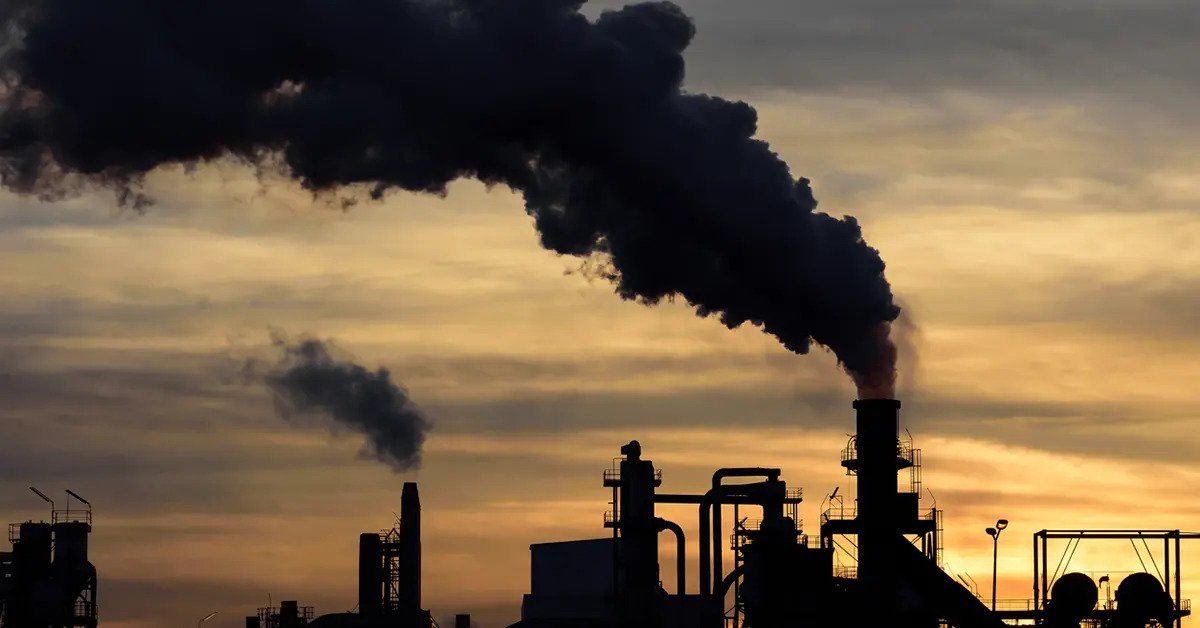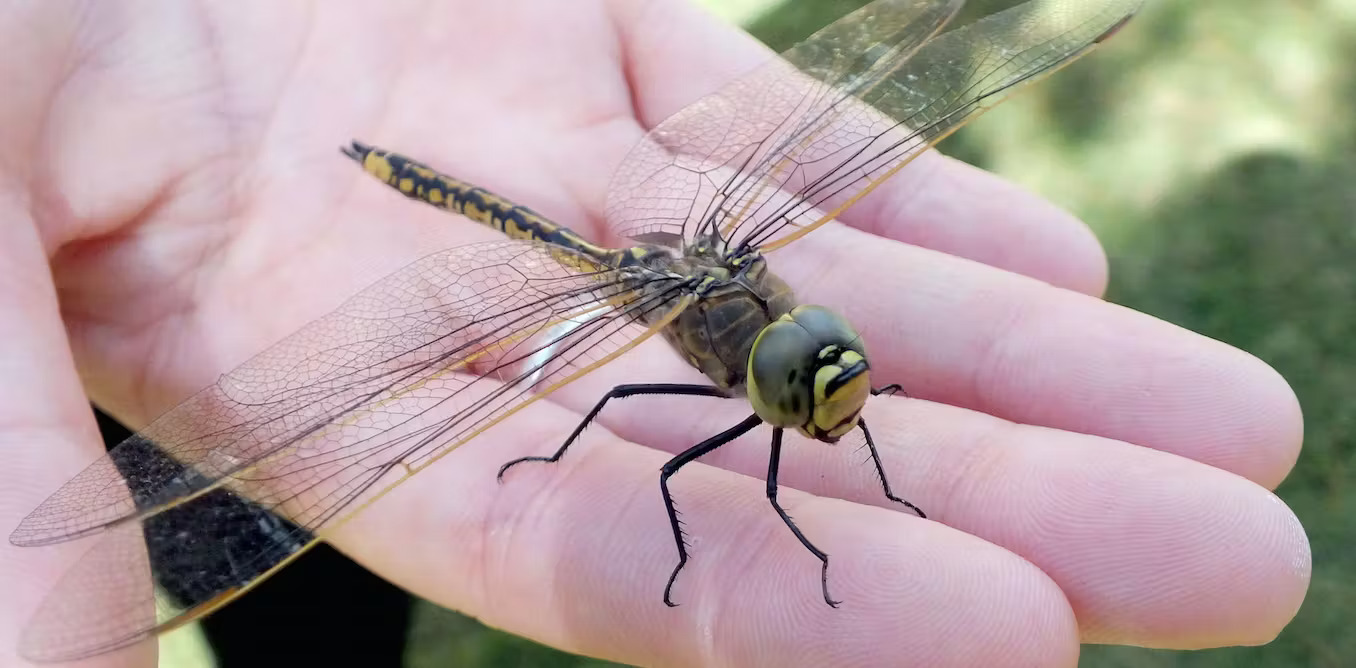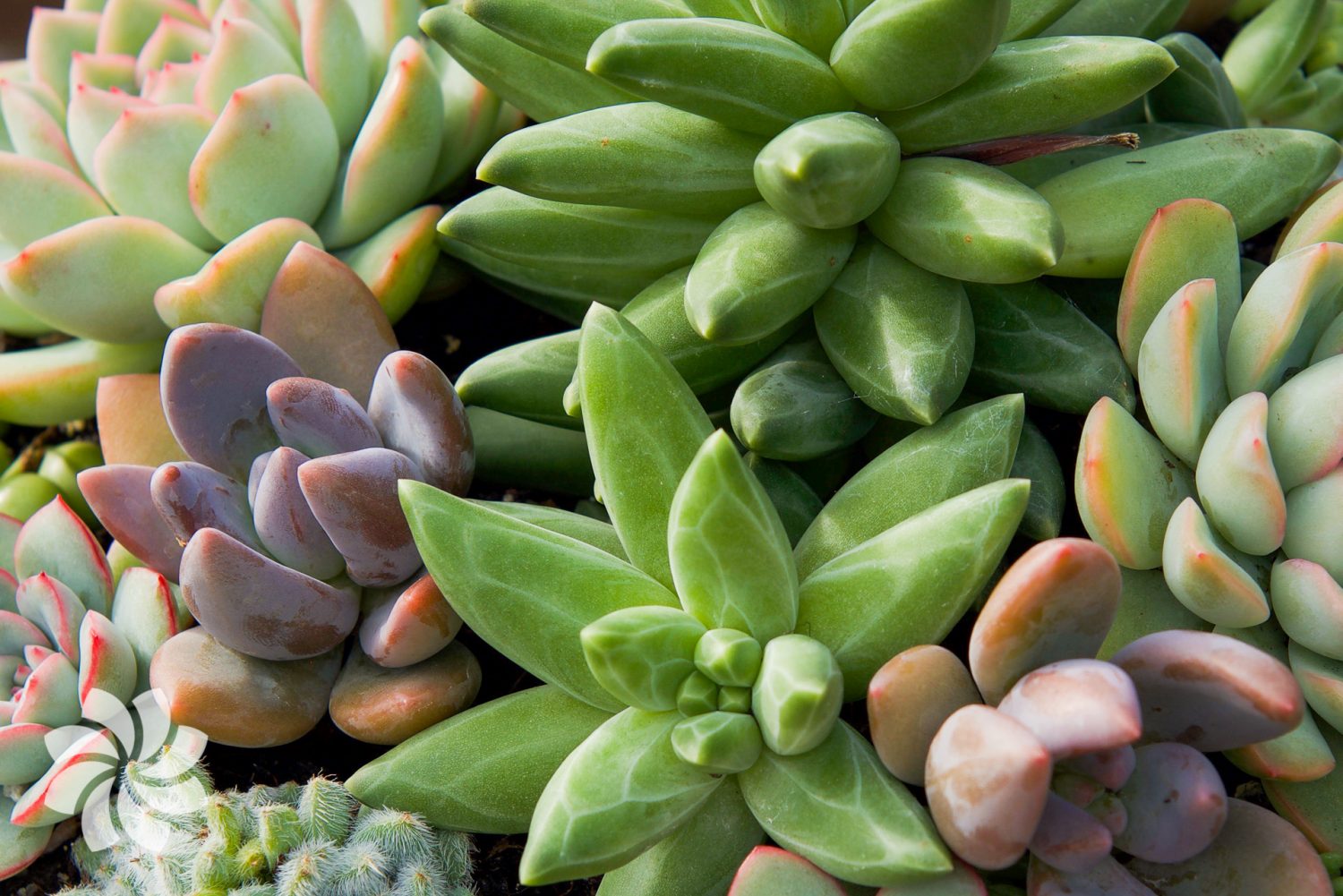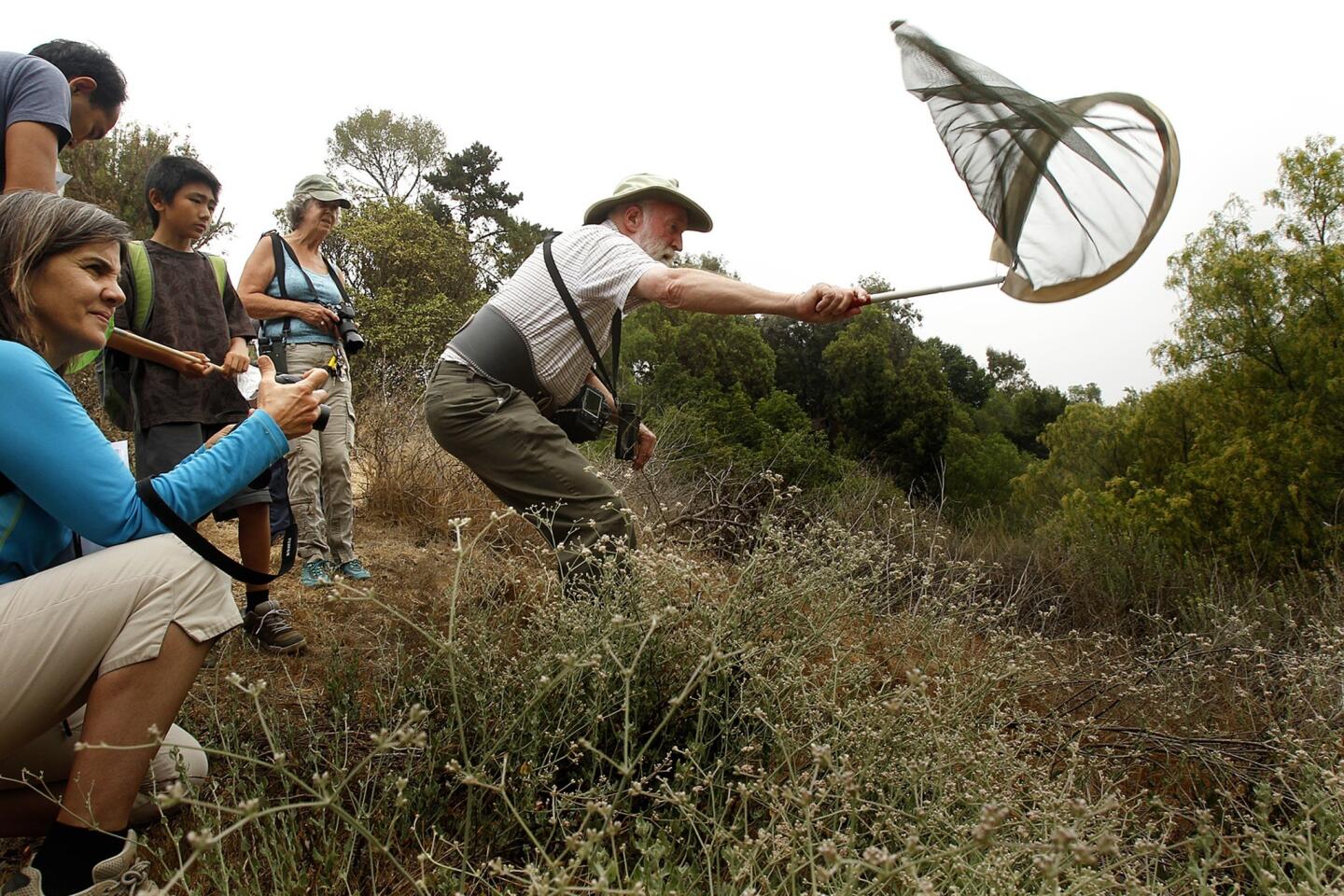Home>Gardening Tips and Tricks>Why Did The Greenhouse Call A Doctor Answer Key


Gardening Tips and Tricks
Why Did The Greenhouse Call A Doctor Answer Key
Published: August 5, 2023
Looking for the answer key to "Why Did The Greenhouse Call A Doctor"? Find problem-solving solutions and unlock the mystery in this engaging activity.
(Many of the links in this article redirect to a specific reviewed product. Your purchase of these products through affiliate links helps to generate commission for Chicagolandgardening.com, at no extra cost. Learn more)
Table of Contents
Introduction
Welcome to the world of problem-solving! As an SEO expert, one of the key skills you possess is the ability to tackle complex issues and find innovative solutions. In this article, we will explore the fascinating world of problem solving, diving deep into its principles and techniques. Whether you are a seasoned problem solver or new to the field, this article will provide valuable insights and strategies to enhance your problem-solving skills.
Problem solving is an essential skill in today’s fast-paced and ever-evolving world. It allows us to overcome challenges, think critically, and make informed decisions. From troubleshooting technical issues to finding creative solutions for business problems, problem solving is a fundamental aspect of many professions.
The Greenhouse is a well-known company that specializes in the cultivation of plants and flowers. It prides itself on its commitment to sustainability and environmentally friendly practices. However, despite their best efforts, they recently encountered a problem in their greenhouse that required urgent attention.
This article will delve into the reasons behind the Greenhouse’s decision to call a doctor, the analysis of the doctor’s visit, the diagnosis and treatment provided, as well as follow-up measures and recommendations. By exploring this case study, we can gain valuable insights into problem-solving methodologies and their applicability to real-world situations.
So, let’s embark on this problem-solving journey with the Greenhouse and discover the steps taken to resolve their unique issue. By the end of this article, you will not only understand the specific problem faced by the Greenhouse but also learn valuable problem-solving strategies that you can apply to various situations in your professional or personal life.
Background information on the Greenhouse
The Greenhouse is a renowned establishment dedicated to the cultivation and nurturing of plants and flowers. Situated in a picturesque countryside, it has gained a reputation for its sustainable and eco-friendly practices. The Greenhouse is committed to providing the ideal environment for plant growth while minimizing its impact on the environment.
With a vast range of plant species, the Greenhouse serves as a haven for nature enthusiasts and gardening aficionados. Spanning across several acres, the Greenhouse houses a diverse collection of plants, from delicate orchids to robust succulents, each carefully nurtured for optimal growth.
The Greenhouse is run by a dedicated team of horticulturists and botanical experts. These professionals possess an in-depth understanding of plant physiology, growth patterns, and environmental requirements. They work tirelessly to ensure that the plants under their care receive the ideal conditions for thriving.
The Greenhouse also implements sustainable practices in its operations. It harnesses renewable energy sources to power the facility, reducing its carbon footprint. In addition, the Greenhouse prides itself on using organic fertilizers and natural pest control methods, avoiding harmful chemicals that could harm the plants and the environment.
However, despite their meticulous attention to detail and eco-conscious practices, the Greenhouse recently faced a perplexing problem. It noticed a decline in the health and vitality of several plant species housed in one section of the greenhouse. Leaves were turning yellow, growth was stunted, and overall plant vigor was diminishing.
This sudden decline was a cause for concern. The team at the Greenhouse tried various remedial measures, such as adjusting the temperature and humidity levels, altering the amount of light exposure, and modifying watering schedules. Unfortunately, none of these attempts seemed to improve the situation. It was evident that a different approach was necessary to resolve this puzzling issue.
Recognizing the gravity of the situation, the management at the Greenhouse decided to seek external expertise. They reached out to a renowned plant doctor, Dr. Green, known for his extensive knowledge and experience in diagnosing and treating plant ailments.
Reasons for calling a doctor
The decision to call a plant doctor was not taken lightly by the Greenhouse. After exhausting all internal efforts to resolve the declining health of the plants, they recognized the need for specialized expertise. Calling a doctor became essential to uncover the root causes of the problem and implement an effective treatment plan.
Several factors contributed to the Greenhouse’s decision to seek external help:
- Unexplained Decline: Despite their extensive knowledge and experience, the Greenhouse team could not pinpoint the exact reason for the decline in plant health. The symptoms observed were atypical and did not align with any familiar diseases or environmental factors. This lack of clarity necessitated the involvement of an expert.
- Impact on Business: The declining health of the plants posed a significant risk to the Greenhouse’s operations and reputation. If left unresolved, it could result in financial losses and a negative perception among customers. Bringing in a plant doctor was a proactive measure to address the issue promptly and minimize potential damage.
- Specialized Knowledge and Experience: Plant doctors, like Dr. Green, possess specialized knowledge and expertise in diagnosing and treating plant diseases and disorders. They have encountered a wide range of plant-related issues and are equipped with the necessary tools and techniques to assess and resolve such problems effectively.
- Integrated Approach: Plant doctors take an integrated approach to plant health, considering multiple factors such as environmental conditions, pest infestations, nutrient deficiencies, and even stress factors. This holistic perspective helps them identify the underlying causes and develop a comprehensive treatment plan, tailored to the specific needs of the plants at the Greenhouse.
- Preventive Measures: In addition to treating the current issue, plant doctors can provide valuable insights and recommendations for preventive measures. They can advise on best practices, optimal environmental conditions, and proactive steps to maintain plant health in the long term. This proactive approach aligns with the Greenhouse’s commitment to sustainability and preventing future occurrences of similar problems.
Overall, the decision to call a plant doctor was driven by the need for specialized expertise, a desire to address the issue promptly, and a commitment to the well-being of the plants and the reputation of the Greenhouse.
Analysis of the doctor’s visit
When Dr. Green arrived at the Greenhouse, he began his visit by conducting a thorough assessment of the affected plants and their surrounding environment. This initial analysis was crucial in gaining insights into the potential causes of the decline in plant health.
Dr. Green meticulously examined the leaves, stems, and roots of the plants, looking for any signs of disease, pest infestation, or physical damage. He also evaluated the environmental conditions such as temperature, humidity, light intensity, and air circulation. This comprehensive analysis allowed him to gather valuable information and formulate a hypothesis.
Based on his observations, Dr. Green proposed that the decline in plant health could be attributed to a combination of factors. Firstly, he noticed that the affected plants were receiving inadequate airflow, leading to a stagnant environment. This lack of fresh air circulation impeded the plants’ ability to properly transpire and exchange gases, adversely affecting their overall health.
In addition, Dr. Green identified a nearby water source that was causing excessive moisture buildup around the affected plants’ roots. This excess moisture created the ideal conditions for fungal growth and root rot. As a result, the plants’ roots were compromised, leading to nutrient deficiencies and reduced vitality.
Furthermore, Dr. Green hypothesized that the lack of essential nutrients, specifically nitrogen and iron, was exacerbating the plants’ deteriorating health. He suspected that the Greenhouse’s organic fertilizer, while beneficial in most cases, may not be providing sufficient quantities of these crucial nutrients. This imbalance impacted the plants’ ability to carry out essential metabolic processes, resulting in diminished growth and weakened defenses against diseases.
Based on these findings, Dr. Green recommended a multifaceted approach to remedy the situation. His proposed solutions included:
- Improving air circulation by strategically placing fans and ensuring proper ventilation in the affected area.
- Implementing drainage measures to prevent excessive moisture buildup around the plants’ roots.
- Supplementing the plants’ nutrient intake by incorporating specialized fertilizers high in nitrogen and iron.
Dr. Green emphasized the importance of closely monitoring the plants’ progress and making adjustments as necessary. Regular inspections and prompt action would be instrumental in restoring the plants’ health and preventing future recurrences of similar issues.
Diagnosis and treatment provided
Based on his thorough analysis, Dr. Green concluded that the declining health of the plants in the Greenhouse was primarily caused by a combination of factors: inadequate airflow, excessive moisture around the roots, and nutrient deficiencies. Armed with this diagnosis, he proceeded to provide a comprehensive treatment plan.
To address the issue of inadequate airflow, Dr. Green recommended the strategic placement of fans to improve ventilation in the affected area. The airflow would help to reduce stagnant air and facilitate proper transpiration, enabling the plants to exchange gases more efficiently.
In order to combat the excess moisture around the roots, Dr. Green advised implementing effective drainage measures. This would involve adjusting the watering schedule and improving the soil composition to encourage better drainage and prevent water accumulation, which would reduce the risk of fungal growth and root rot.
To address the nutrient deficiencies, Dr. Green recommended the application of specialized fertilizers rich in nitrogen and iron. These nutrients were crucial for the plants’ metabolic processes and overall growth. By supplementing the plants’ nutrient intake, they would regain their vitality and resilience.
In addition to these specific treatments, Dr. Green stressed the importance of regular monitoring and observation. He advised the Greenhouse team to closely track the plants’ progress and make any necessary adjustments to the treatment plan. This proactive approach would ensure that any deviations from expected outcomes could be promptly addressed.
Dr. Green also emphasized the significance of preventive measures. He advised the Greenhouse to conduct regular maintenance checks on the ventilation systems, drainage infrastructure, and nutrient levels to minimize the risk of future problems. By implementing these proactive measures, the Greenhouse could maintain a healthy environment for its plants and prevent similar issues from arising in the future.
The Greenhouse diligently implemented Dr. Green’s recommendations and closely monitored the plants’ response to the treatment. Over time, the health and vitality of the affected plants gradually improved. The leaves regained their vibrant green color, growth rates increased, and overall plant vigor returned. The Greenhouse team was delighted with the positive outcome and expressed their gratitude to Dr. Green for his expertise and guidance.
Follow-up measures and recommendations
After the successful treatment of the plants in the Greenhouse, it was essential to implement follow-up measures and recommendations to ensure the long-term health and well-being of the plants. Dr. Green provided valuable guidance in this regard.
First and foremost, Dr. Green advised the Greenhouse to continue monitoring the plants regularly. This would involve observing for any signs of relapse or new issues that may arise. By staying vigilant, the Greenhouse could address any potential problems early on and prevent them from escalating.
To maintain optimal airflow and prevent stagnant conditions, the Greenhouse implemented a scheduled cleaning routine for the fans and ventilation systems. This ensured that air circulation remained unobstructed and efficient, promoting healthy plant growth.
Dr. Green also recommended periodic inspections of the drainage infrastructure. By checking for any blockages or issues with the drainage system, the Greenhouse could prevent water accumulation and the associated risks of fungal growth and root rot.
In order to sustain the plants’ nutrient levels, the Greenhouse adjusted its fertilization regimen. They incorporated nitrogen and iron-rich fertilizers during specific growth phases, ensuring that the plants received the necessary nutrients to thrive. Regular soil testing was also recommended to monitor nutrient levels and make any adjustments as needed.
Moreover, Dr. Green advised the Greenhouse to prioritize plant health and well-being in their day-to-day operations. This included providing adequate training to the staff on plant care practices, ensuring proper watering techniques, and imparting knowledge on identifying early signs of plant distress.
In addition, Dr. Green encouraged the Greenhouse to continue their commitment to sustainability. This involved using organic and environmentally friendly pest control methods, integrating natural solutions, and minimizing the use of chemical fertilizers wherever possible. By promoting a healthy and sustainable growing environment, the Greenhouse could enhance the overall resilience and vitality of their plants.
Lastly, Dr. Green underscored the importance of ongoing communication and collaboration. He recommended that the Greenhouse team keep him informed about any developments or concerns, fostering a partnership aimed at maintaining the health and prosperity of the plants.
The Greenhouse wholeheartedly embraced these follow-up measures and recommendations, recognizing their significance in ensuring the long-term success of their plant cultivation endeavors. By implementing these actions, the Greenhouse continued to flourish as a sustainable and thriving hub for plant enthusiasts.






